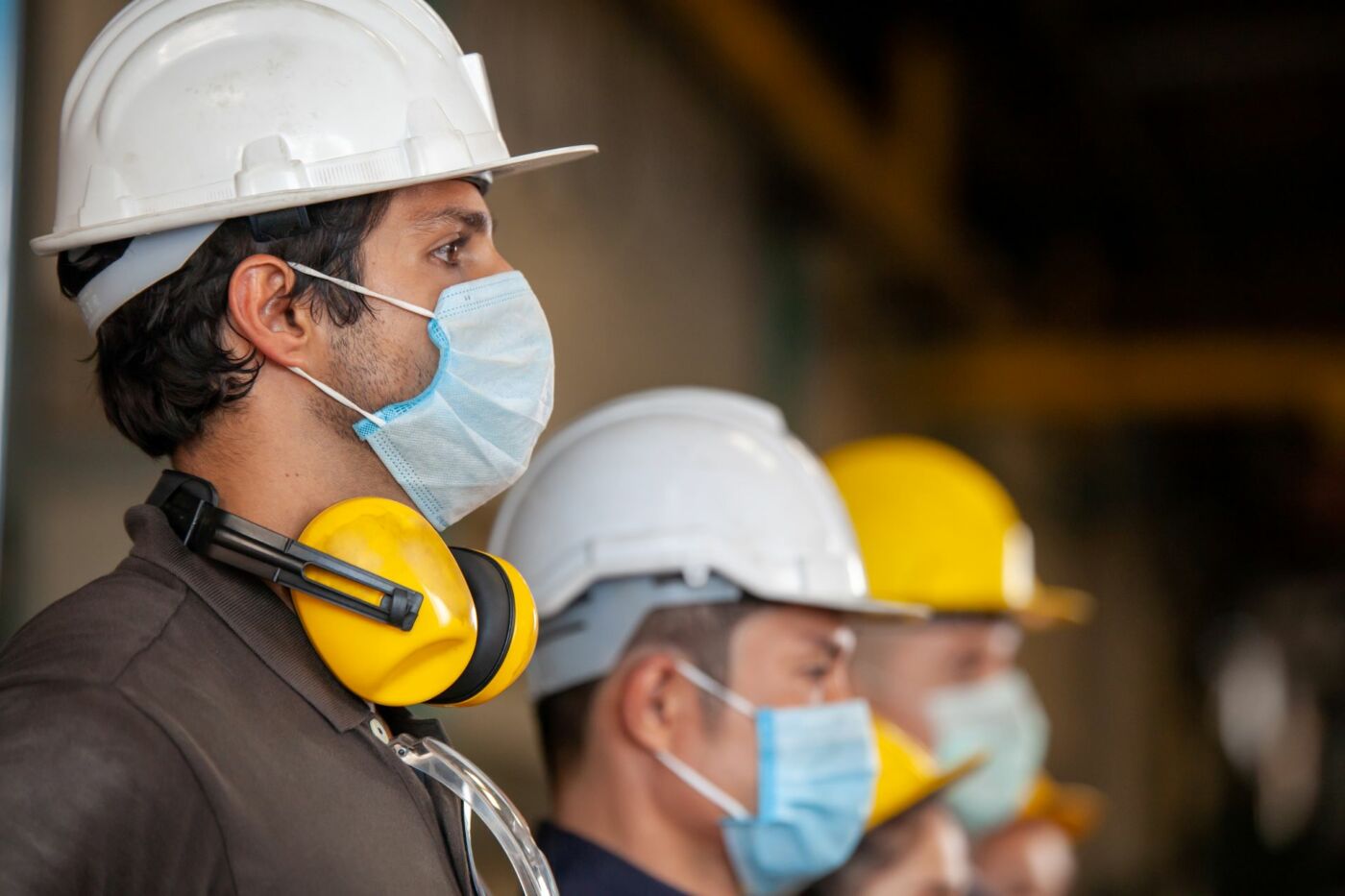Previously, the Wind Farm Management Blog looked at how the coronavirus pandemic might affect business growth in the long run. So far, wind farms are still operational, providing the world with green electricity. What actions can managers take to protect their staff without significantly affecting their operation?
It is clear that it won’t be business as usual for some time at companies around the world, wind farms included. Reducing human interaction in line with social distancing regulations is a priority for managers. But this is easier said than done. Many activities, such as wind turbine maintenance, often require several staff members. Nonetheless, there are certain steps managers can take to protect employees and keep wind farms operational.
1. Postpone non-critical work
This is a logical starting point. Any work that may not be business critical, such as minor repairs, can be moved to a later date when normality resumes. Additionally, work with third parties should be postponed to minimize human contact from outside your organization.
2. Divide the workforce
Dividing the workforce is another effective measure that reduces how many people come into contact with each other. Splitting your teams into two separate shifts can help keep people safe. If an outbreak in one of your teams were to occur, the other one would not be affected.
3. Rely on remote technologies
Remote condition monitoring or performing wind turbine inspections with drones can significantly reduce the need for manual intervention. With remote condition monitoring, you can track machine health from anywhere with an internet connection. Drone inspections mean staff are not in a confined space together, reducing the risk of infection.
4. Plan for the future
These trying times will inevitably pass. Use this period to plan for the future, including the jobs you’ve postponed. Currently, there are supply chain bottlenecks, with reduced availability for deliveries. Review your inventory and place orders to support your spare parts strategy. This should help avoid business disruption when normality resumes.
And those are the Wind Farm Management Blog’s tips for staying safe and achieving business continuity. You can find out more about remote monitoring and inventory planning on the SKF website. Stay safe.



